Dolphins are fascinating creatures, often thought of as the “brains of the sea.” They seem to use a complex system of communication that can sometimes sound almost human. While we can’t translate “dolphin language” exactly, scientists have discovered several ways dolphins exchange information. If you’ve ever been curious about how these clever mammals chat, you’re in the right place. Let’s dive into the 13 ways dolphins communicate, and why it might remind us of how we talk to each other.
1. Whistles
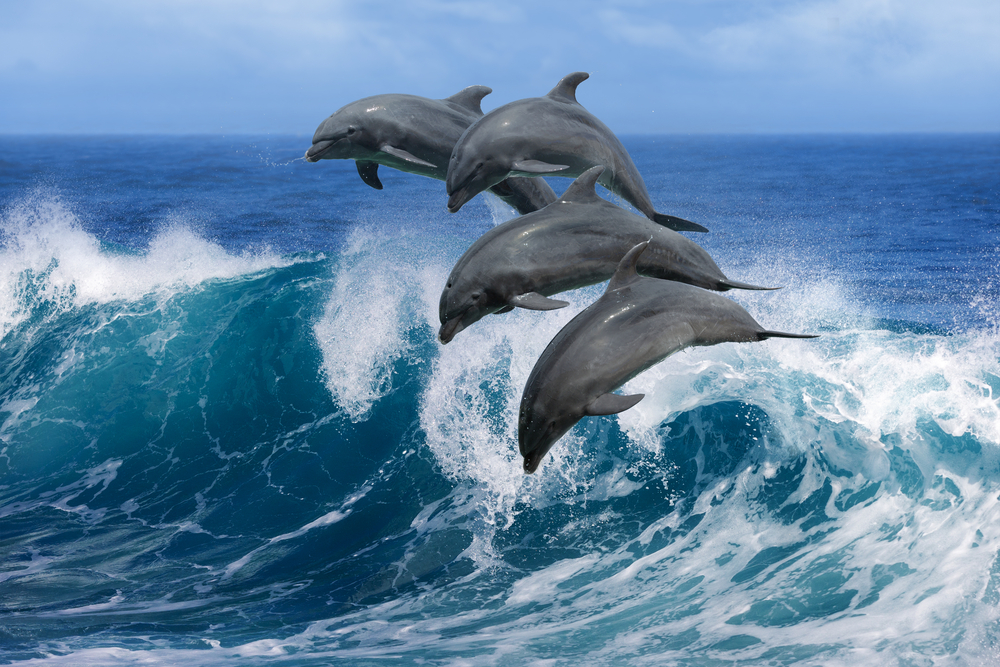
Whistles are perhaps the most iconic sound you associate with dolphins. These high-pitched noises serve a purpose similar to our names, helping dolphins identify and call for each other. Each dolphin develops its unique whistle, often referred to as a “signature whistle,” which functions like a personal ID. According to a study led by marine biologist Vincent Janik, dolphins can remember these whistles for more than 20 years, showcasing an impressive memory. This unique ability helps them maintain social bonds even when separated over long distances.
Whistles are not just about identification, though. Dolphins use a range of modulated whistles to convey different messages and emotions. For instance, a dolphin might use a more agitated whistle when alarmed or a long, steady whistle to indicate contentment. This range mirrors the way humans might change their tone of voice when excited or angry. Listening to these whistles, it’s easy to draw parallels with how we might recognize a friend’s voice in a crowd. It’s no surprise scientists are fascinated by this aspect of dolphin communication.
2. Clicks
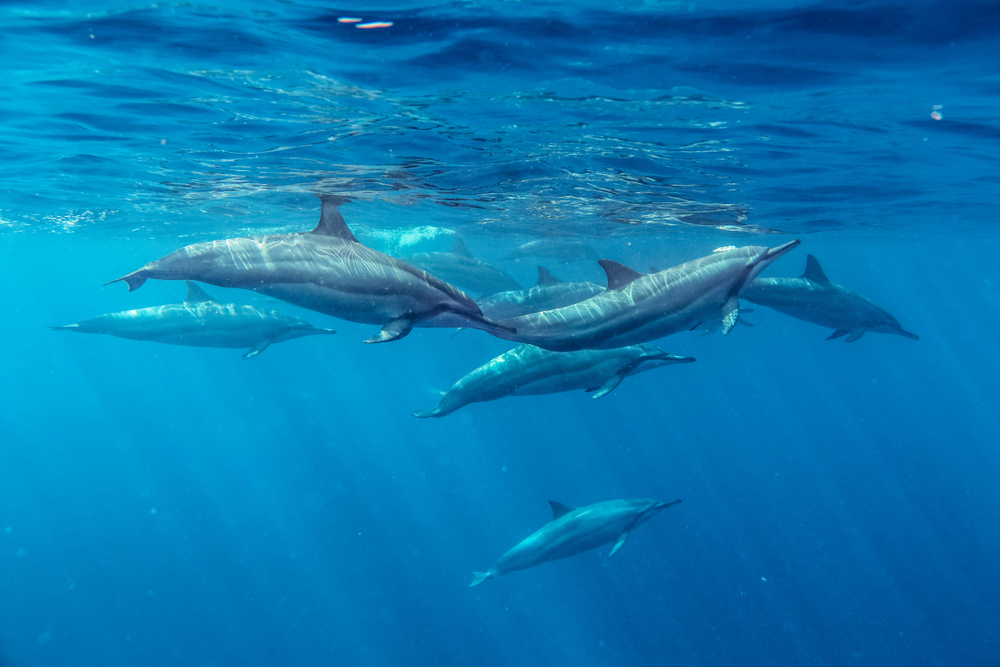
Clicks are another crucial element of dolphin communication, often used for echolocation. When dolphins emit a series of rapid clicks, they’re essentially using sound to “see” their surroundings. These clicks bounce off objects and return to the dolphins, helping them build a mental map of the area. But clicks are not just for navigation; they also play a role in social interactions. Dolphins can adjust the frequency and speed of these clicks to convey different messages, much like how we might vary our speech depending on the context.
The fascinating thing about dolphin clicks is their versatility. While they help dolphins navigate and hunt, they’re also a tool for complex social interactions. Dolphins can recognize each other’s clicks and even use them to greet or show curiosity about a newcomer. This ability to adapt their communication to different situations is a trait we often associate with intelligence. It’s this kind of adaptability that makes dolphin communication so intriguing to researchers.
3. Body Language
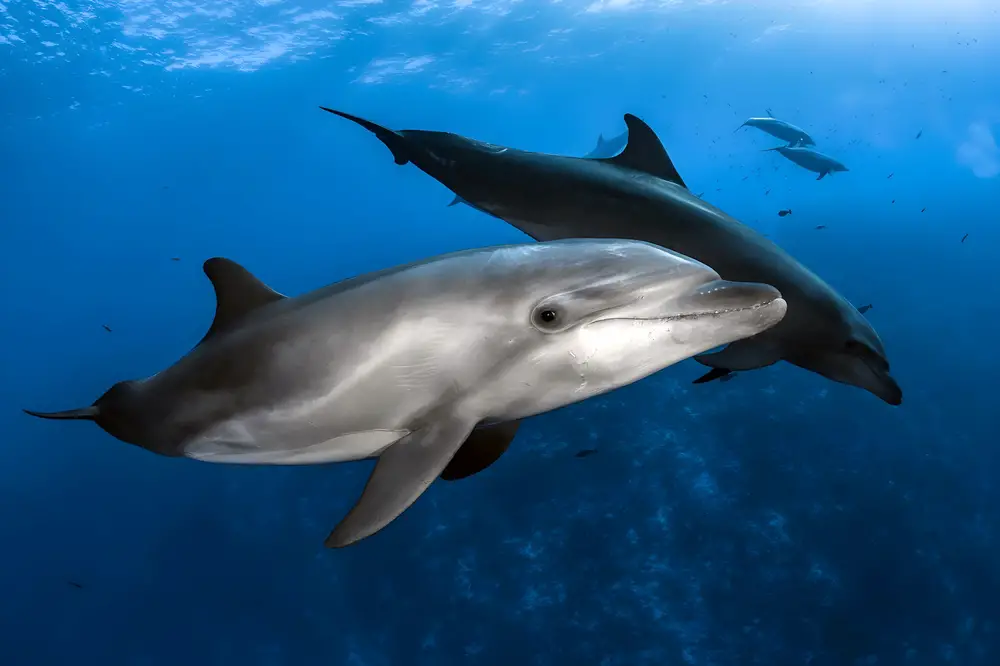
Body language is an integral part of dolphin communication, much like it is for humans. Dolphins often use their bodies to express themselves, whether it’s through playful jumps or more aggressive postures. According to dolphin researcher Dr. Denise Herzing, body language helps dolphins convey messages without vocal sounds, a form of silent communication that speaks volumes. For example, a dolphin might slap its tail on the water to express irritation or make a playful leap to invite others to join in. This non-verbal communication is essential in building social connections within dolphin groups.
Observing dolphins, you might notice how they move in sync or mimic each other’s actions, which is another form of social bonding. This mirroring strengthens group cohesion and helps dolphins coordinate during hunting or play. Dolphins also use their bodies to comfort or reassure one another, often by gentle touches or swimming in unison. This level of physical communication shows a depth of emotional connection that’s pretty remarkable. Just like humans, dolphins rely on both verbal and non-verbal cues to communicate effectively.
4. Touch
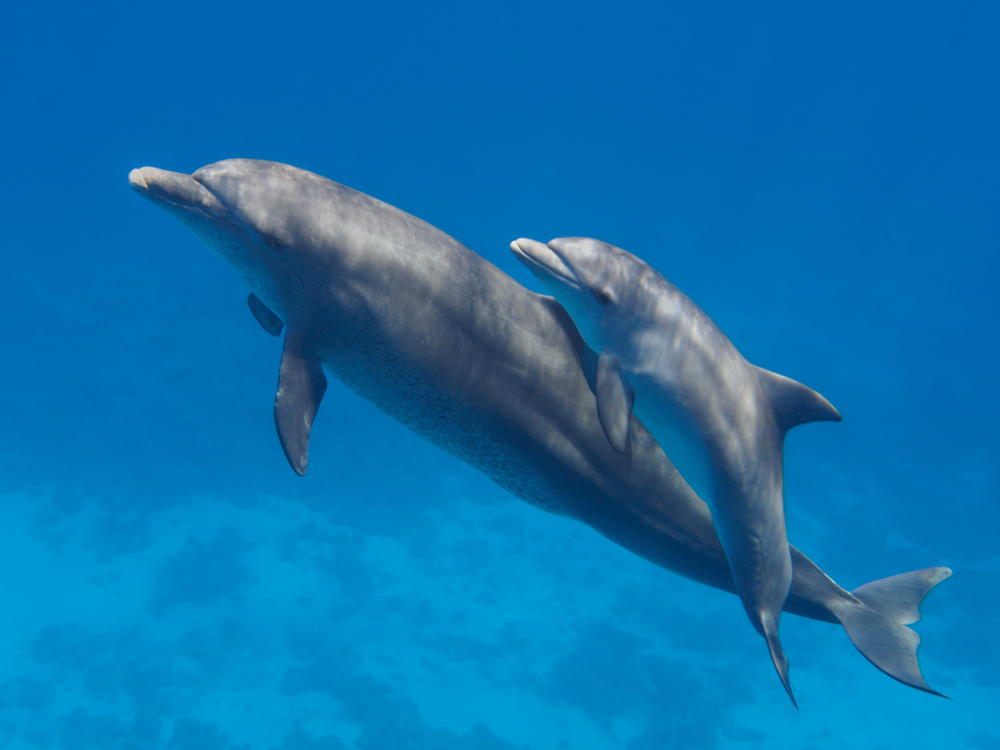
Touch is a fundamental way dolphins communicate, similar to how a pat on the back or a hug conveys meaning among humans. Dolphins often rub against each other, which can be a soothing gesture or a way to reinforce social bonds. This behavior is commonly observed in both wild and captive dolphins, indicating it’s an inherent part of their interaction. Just like a handshake or a high-five, touch helps dolphins convey everything from affection to reassurance. It’s a silent but powerful form of communication that strengthens their social ties.
Young dolphins, in particular, rely heavily on touch as they learn social cues from their mothers and peers. Mothers often use their bodies to guide or protect their calves, a form of touch that speaks volumes about care and guidance. In dolphin pods, touch can also be a way of establishing hierarchy or demonstrating submission. The gentle nudges or playful bumps are all part of a complex social dance. Observing these interactions offers insight into the social lives of dolphins and how crucial touch is in maintaining their relationships.
5. Vocal Imitation
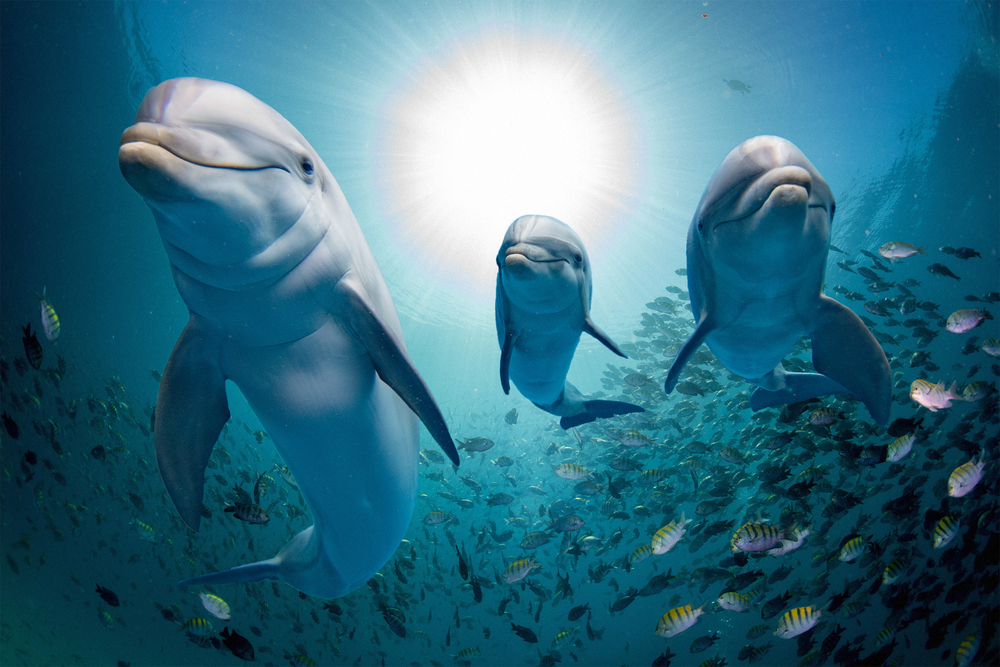
Dolphins are known to mimic each other’s sounds, which is an intriguing aspect of their communication. Vocal imitation allows dolphins to learn and replicate the sounds they hear, an ability that shows their intelligence and adaptability. Research by biologist Peter Tyack highlights how dolphins can imitate sounds with remarkable accuracy, sometimes even picking up human-made noises. This talent isn’t just for fun; it helps dolphins develop social bonds and share information within their groups. Much like humans, dolphins use imitation as a tool for learning and socializing.
This ability to mimic extends beyond just natural sounds. Dolphins have been known to replicate artificial sounds like whistles from trainers, demonstrating their curiosity and learning capacity. This may even help them adapt to changing environments by incorporating new sounds into their communication repertoire. Vocal imitation is not just about copying; it also involves understanding context and intention, which is nothing short of remarkable. It’s fascinating to think about how this mirrors human language acquisition, where imitation is a key component of learning to speak.
6. Synchronized Swimming
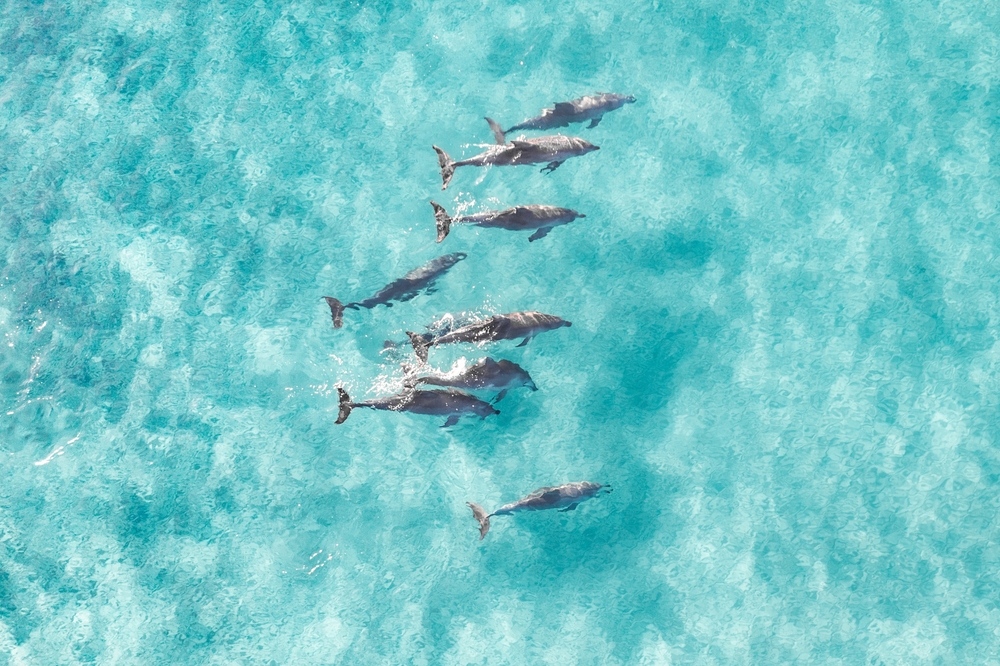
Synchronized swimming in dolphins isn’t just a delightful spectacle—it’s a sophisticated form of communication. When dolphins swim in sync, it’s often a deliberate choice to coordinate actions, whether for hunting or play. This behavior reflects a level of cooperation and understanding that requires both spatial awareness and timing. By moving together, dolphins can communicate their intentions and strengthen social bonds. Watching a pod of dolphins moving in harmony, you realize how important this non-verbal communication is to their way of life.
This teamwork is often seen in mother-calf pairs, where synchronized swimming helps the calf learn essential skills through mimicry. The mother leads, and the calf follows, ensuring it learns the group’s rhythms and dynamics. In hunting scenarios, dolphins use synchronized movements to herd fish into tighter groups, making it easier to catch prey. This cooperative behavior showcases their intelligence and ability to work as a team. It’s a vivid reminder of how interconnected their communication methods are, blending social interaction with practical survival skills.
7. Signature Sounds
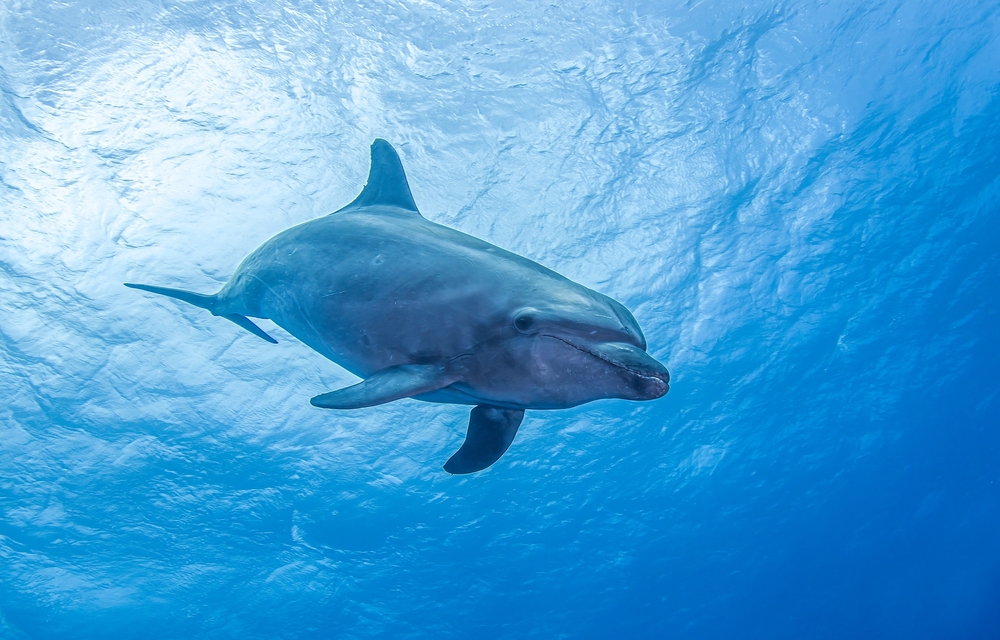
Besides whistles and clicks, dolphins also use signature sounds to communicate complex ideas. These sounds are unique to each dolphin, much like a person’s voiceprint, and can convey identity and emotional states. Marine biologist Dr. Randall Wells has spent decades studying these signature sounds and notes that they are essential for maintaining long-distance relationships within dolphin communities. When dolphins hear these unique sounds, they can identify who is communicating and respond accordingly. This level of individual recognition through sound is a sophisticated form of communication.
The use of signature sounds goes beyond simple identification; it’s about maintaining connections and expressing individuality. Dolphins can use variations in these sounds to indicate their mood or even alert others to danger. They might alter the pitch or rhythm of their signature sound to convey different messages, similar to how we use tone to express emotion. This complexity adds another layer to dolphin communication, showing how nuanced their interactions can be. It’s a testament to the rich social lives these creatures lead under the waves.
8. Breaching
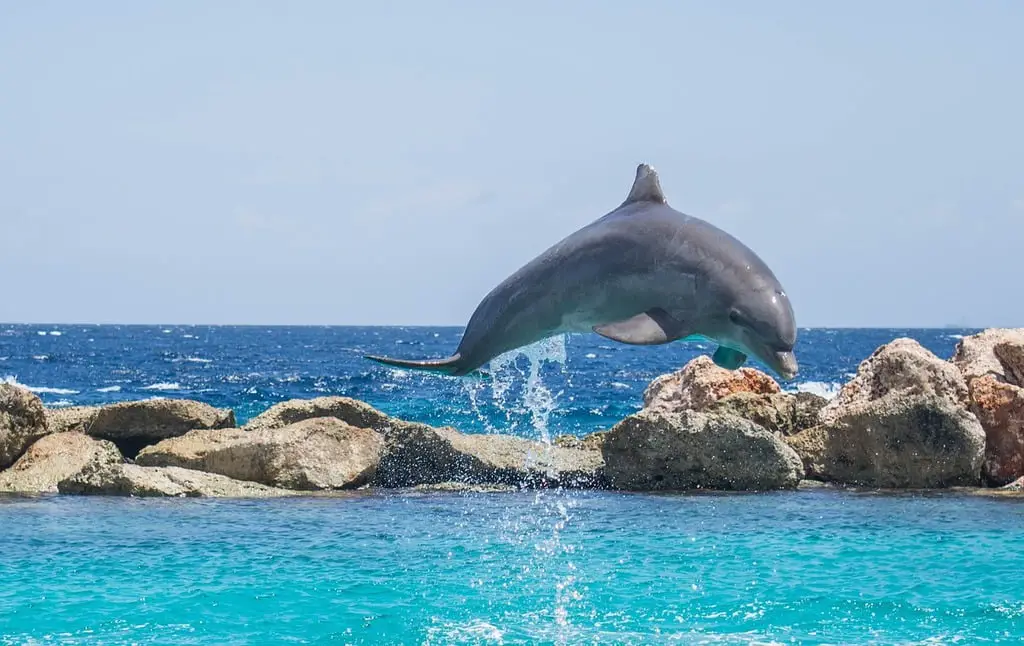
Breaching, or leaping out of the water, might seem like a random act, but it’s often a form of communication. Dolphins breach for several reasons, one of which is to send signals to others in their pod. The sound and sight of a dolphin breaching can travel much further than sounds underwater, making it an effective way to alert others or coordinate group movements. It’s also a way to show excitement or exert dominance, depending on the context. Watching dolphins breach, you can see how these leaps convey more than just physical prowess.
Breaching can also serve as a playful display or a means of exploring their environment above water. It allows dolphins to capture a broader view of their surroundings, potentially spotting prey or assessing weather conditions. This behavior is particularly common in young dolphins, who use breaching as a way to practice their agility and strength. Additionally, during social gatherings, breaching can serve as a way to attract attention and initiate interaction. This dynamic behavior showcases how dolphins use physical actions to communicate effectively.
9. Tail Slaps

Tail slaps are another distinctive form of dolphin communication. When a dolphin forcefully slaps its tail on the water’s surface, it creates a loud sound that can be heard both underwater and above. This noise serves various purposes, from signaling an alarm to attracting attention. It can also be a way to express frustration or establish dominance within the group. Watching a dolphin perform a tail slap is like seeing someone clap their hands to get attention—it’s a clear, assertive gesture that conveys a message.
In some cases, tail slaps are used as a part of social play, where dolphins engage in a back-and-forth exchange of slaps. This behavior helps strengthen social bonds and allows dolphins to practice communication skills. It’s also a way to coordinate group activities, such as hunting, where synchronized tail slaps can help herd fish. This strategic use of tail slaps highlights dolphins’ ability to use physical actions to convey complex ideas. It’s a vivid reminder of the creative ways dolphins interact with each other.
10. Bubble Blowing
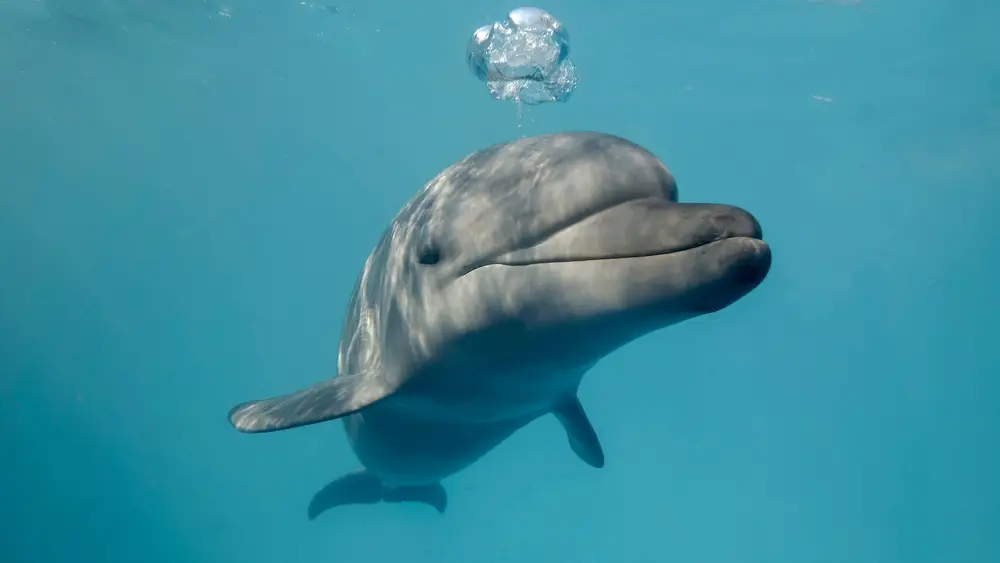
Bubble blowing might look like simple fun, but it’s another form of communication for dolphins. When dolphins blow bubbles, they can express curiosity, playfulness, or even annoyance. This behavior is often observed in both wild and captive dolphins, showcasing its role in their social interactions. Bubble blowing is particularly prevalent among younger dolphins, who use it as a form of play and exploration. Watching dolphins create intricate bubble patterns is like seeing an artist at work, each bubble conveying a different message.
For dolphins, bubble blowing is a way to engage with their environment and each other. It can be used to initiate play or to test the reactions of other dolphins. In some cases, dolphins blow bubbles to express emotions, such as excitement or agitation. This behavior is a testament to their playful nature and ability to use their environment as a communication tool. The variety and creativity in bubble blowing highlight the diverse ways dolphins interact with each other, further emphasizing their complex social structures.
11. Jaw Claps
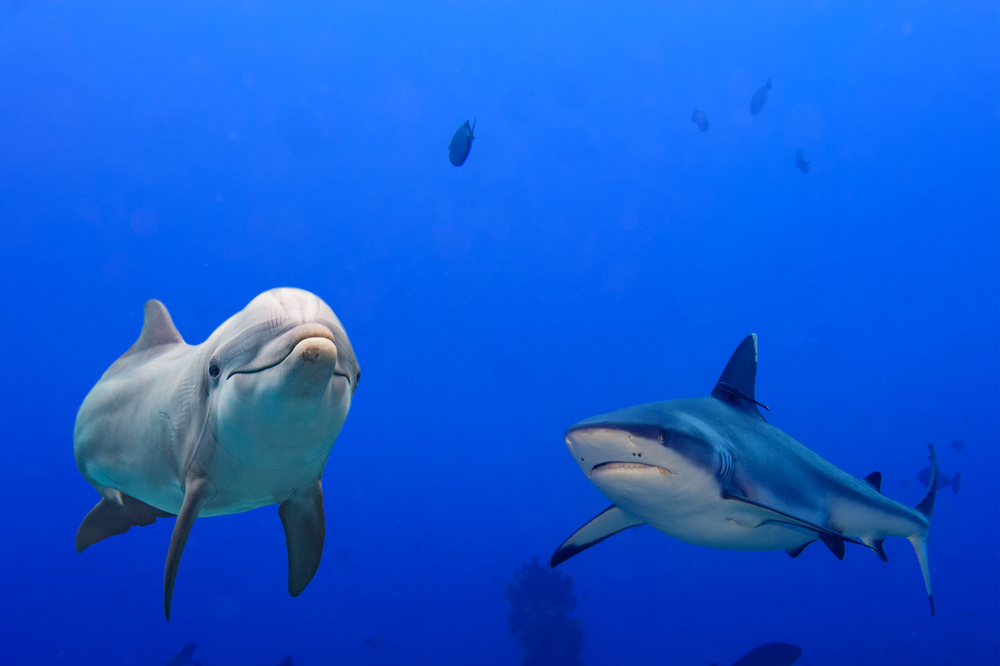
Jaw claps are a more aggressive form of communication often used to establish dominance or ward off threats. When a dolphin snaps its jaws together, it creates a sharp, loud sound meant to capture attention and communicate authority. This behavior can be directed at other dolphins or potential predators, serving as a warning to back off. Jaw claps are similar to someone raising their voice in a tense situation—it’s a clear signal of intent. Observing dolphins use jaw claps in social interactions reveals a side of their communication focused on hierarchy and defense.
In social settings, jaw claps can also be a part of competitive displays where dolphins assert themselves within the group. This behavior is often seen during mating season or when resources are limited, highlighting its role in social dynamics. Dolphins may also use jaw claps to resolve conflicts or deter intruders, showcasing their strategic use of sound. This aggressive form of communication is essential for maintaining order and safety within dolphin pods. It’s a fascinating aspect of their interaction, revealing the complexity of their social structures.
12. Leaps

Leaps, much like breaching, are a dynamic way dolphins communicate. When a dolphin leaps out of the water, it might be expressing joy, showing off, or trying to catch the attention of others. Leaps can be seen as an exuberant display, often happening during social gatherings or in response to environmental stimuli. This behavior is not just about physical exercise; it’s a form of visual communication that can convey energy and excitement. Watching dolphins leap is like seeing someone dance with joy, their movements full of expression.
In addition to expressing emotions, leaps can serve practical purposes. Dolphins might leap to get a better view of their surroundings or to escape predators. In hunting scenarios, a leap can signal the start of a coordinated attack or the presence of prey. This strategic use of leaping highlights dolphins’ ability to blend communication with practical needs. Leaping is a vivid reminder of the joyful and purposeful ways dolphins engage with each other and their environment.
13. Eye Contact
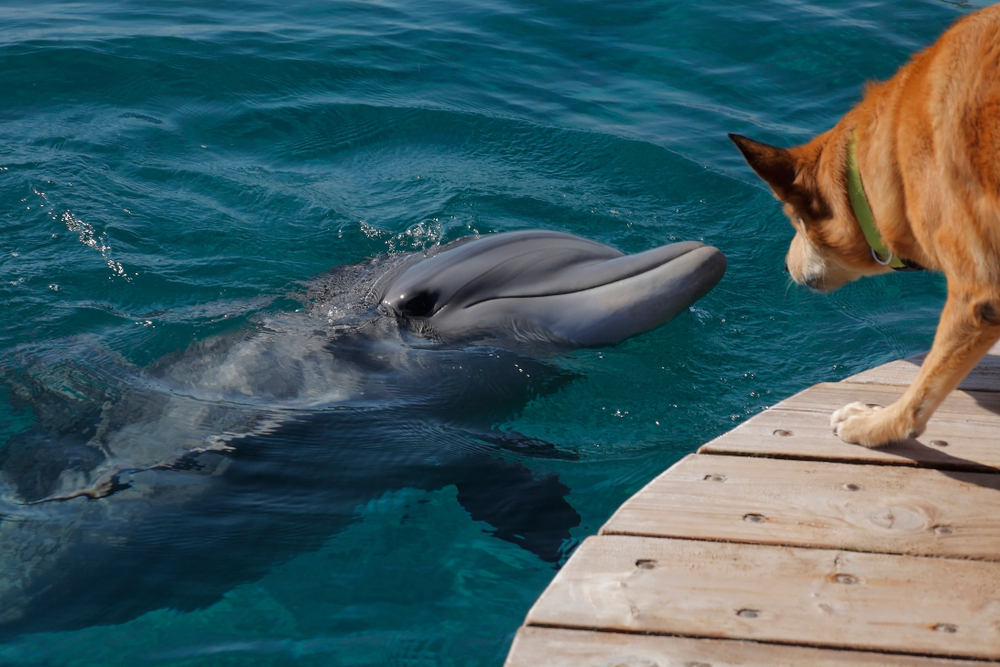
Eye contact is a subtle yet powerful form of dolphin communication. When dolphins make eye contact, they’re engaging in a form of silent communication that can convey trust, curiosity, or even challenge. Eye contact in dolphins is much like in humans; it’s a way to connect on a deeper level. This behavior is often observed in social interactions where dolphins assess each other’s intentions or reaffirm social bonds. When you see a dolphin make eye contact, it’s like they’re letting you in on a secret, creating a moment of connection that transcends verbal communication.
In dolphin pods, eye contact can also be a way to coordinate actions or express emotions without making a sound. It’s a form of mutual understanding that reinforces social cohesion and trust within the group. Eye contact is particularly important in mother-calf interactions, where it helps strengthen their bond and guide behavior. This silent form of communication speaks volumes about the emotional intelligence of dolphins. It’s a reminder of the deep connections these creatures form with each other and the sophisticated ways they interact.
